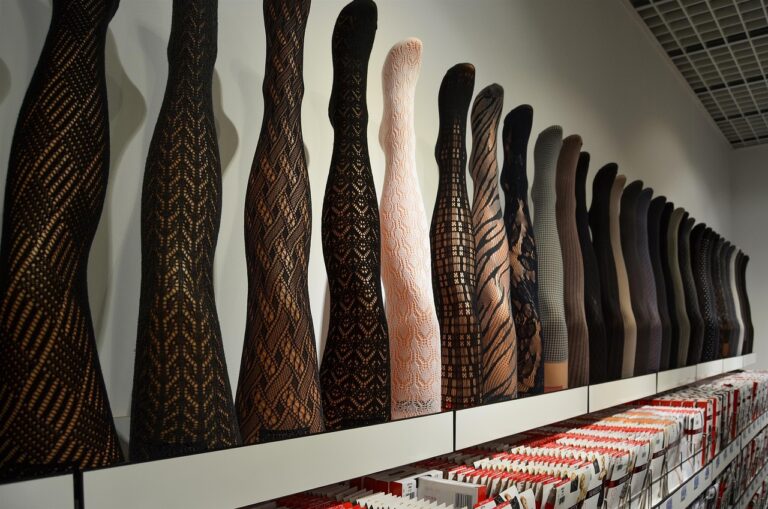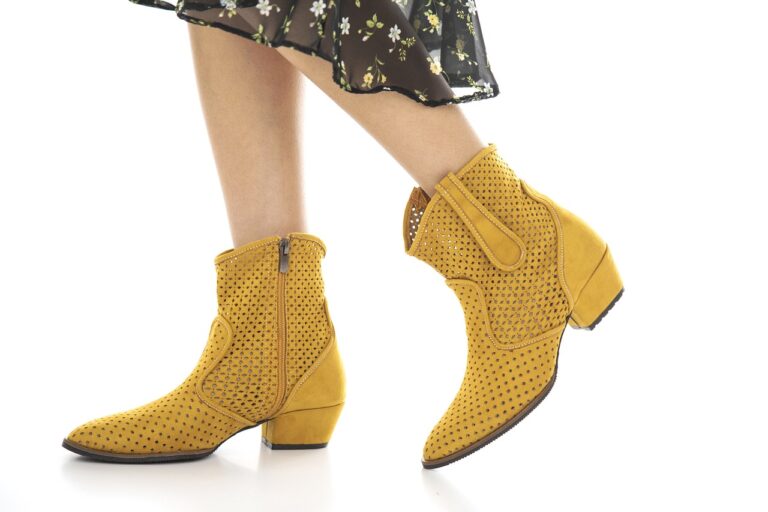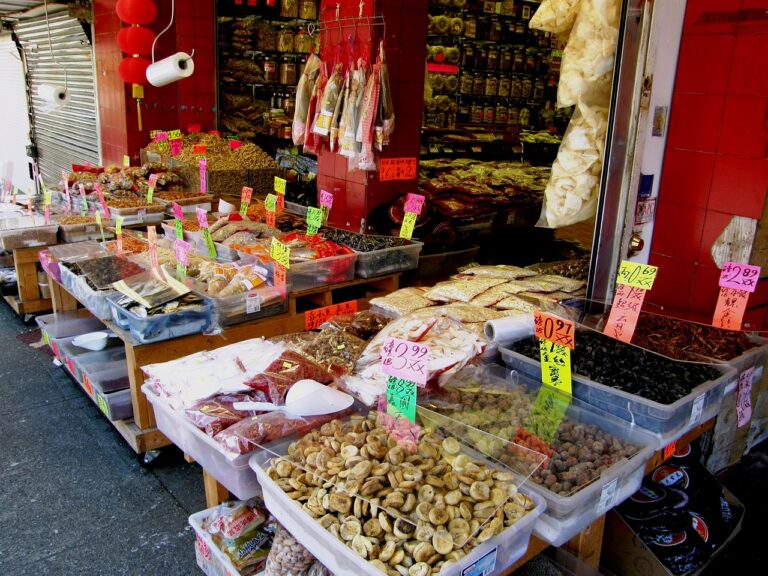Ethical Jewelry: Tracing the Origins of Precious Metals and Gemstones
When it comes to purchasing jewelry, most people focus on the beauty and design of the piece. However, what many fail to realize is the impact that their jewelry choices can have on the environment and communities around the world. The mining and production of precious metals and gemstones can often have devastating consequences, from environmental degradation to human rights abuses. That’s why it’s important to consider the ethical implications of the jewelry you buy and where it comes from.
What is Ethical Jewelry?
Ethical jewelry is jewelry that has been sourced and produced in a way that minimizes harm to people, animals, and the environment. This includes ensuring fair wages and safe working conditions for miners and artisans, as well as using sustainable and environmentally friendly practices throughout the production process. Ethical jewelry also involves tracing the origins of the materials used in each piece to ensure that they have been sourced responsibly.
Tracing the Origins of Precious Metals
One of the key components of ethical jewelry is tracing the origins of precious metals such as gold, silver, and platinum. The mining of these metals can have significant environmental and social impacts, from deforestation and water pollution to forced labor and conflict financing. By sourcing precious metals from certified mines that adhere to strict environmental and labor standards, jewelry makers can ensure that their products are not contributing to these negative consequences.
Responsible Gemstone Sourcing
Another important aspect of ethical jewelry is responsible gemstone sourcing. Many gemstones are mined in countries with poor labor practices and environmental regulations, leading to issues such as child labor, unsafe working conditions, and habitat destruction. By sourcing gemstones from mines that follow ethical practices and support local communities, jewelry makers can help promote positive change in the industry.
Transparency in the Supply Chain
One of the biggest challenges in creating ethical jewelry is ensuring transparency in the supply chain. Many jewelry companies struggle to trace the origins of their materials all the way back to the mine, making it difficult to verify that their products are truly ethical. However, there are initiatives such as the Responsible Jewellery Council and Fairmined that are working to create a more transparent and sustainable jewelry industry.
Supporting Ethical Jewelry Brands
As consumers, we have the power to support ethical jewelry brands and encourage positive change in the industry. By choosing to purchase jewelry from companies that prioritize ethics and sustainability, we can help create demand for responsible practices and hold other companies accountable for their actions. Look for certifications such as Fair Trade and B Corp when shopping for jewelry to ensure that your purchase aligns with your values.
FAQs
Q: How can I tell if a piece of jewelry is ethical?
A: Look for certifications such as Fair Trade, the Responsible Jewellery Council, and Fairmined, which indicate that the jewelry has been sourced and produced ethically. You can also ask the jewelry maker about their supply chain and sourcing practices to ensure transparency.
Q: What are some common ethical issues in the jewelry industry?
A: Common ethical issues in the jewelry industry include child labor, unsafe working conditions, environmental degradation, and conflict financing. By choosing to support ethical jewelry brands, you can help address these issues and promote positive change.
Q: How can I support ethical jewelry brands?
A: You can support ethical jewelry brands by choosing to purchase their products, spreading awareness about the importance of ethical sourcing, and advocating for industry-wide standards and regulations. By voting with your wallet, you can help create a more sustainable and responsible jewelry industry.
By educating ourselves about the origins of precious metals and gemstones and supporting ethical jewelry brands, we can make a positive impact on both the environment and the communities that rely on the jewelry industry for their livelihoods. Together, we can create a more sustainable and ethical future for the world of jewelry.







